Can conflict resolution and toddlers really coincide? If you spend time with more than one toddler on a daily basis…chances are you know all too well what it looks (and sounds like) when toddlers fight over toys.
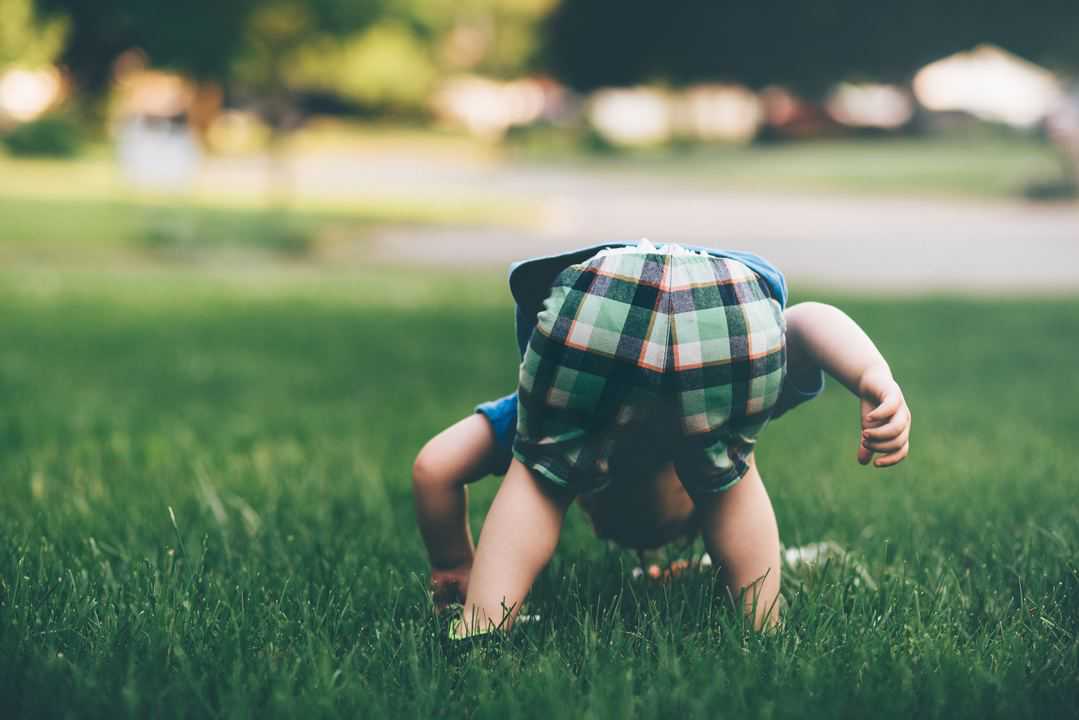
It’s not pretty.
In fact, it’s downright spicy.
However…
It is very common, and while uncomfortable for the adult, it’s developmentally appropriate.
SOCIAL SKILLS FOR TODDLERS
While helping toddlers through sticky situations during play, you are laying the foundation for how they will work through conflict resolution with their peers in the future.
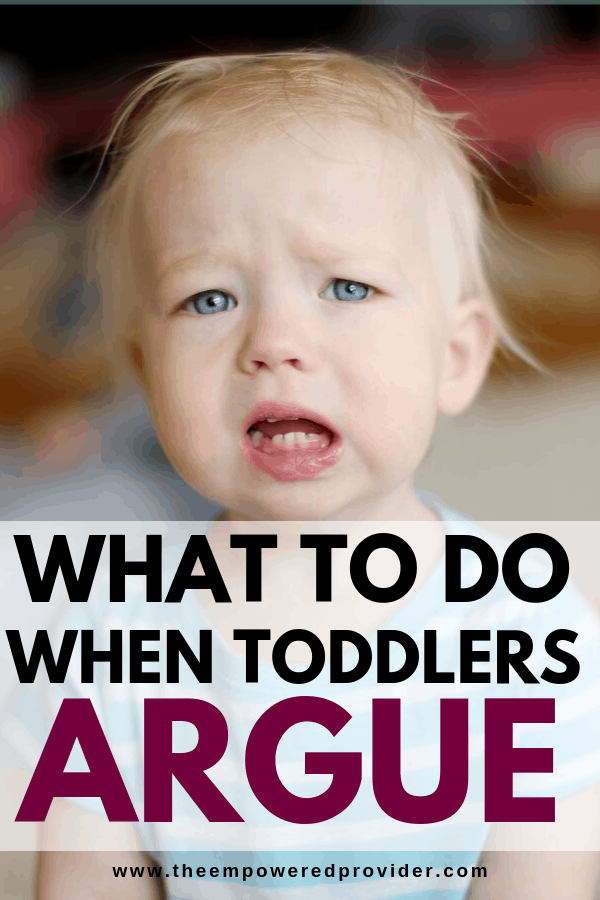
Toddlers Are Egocentric
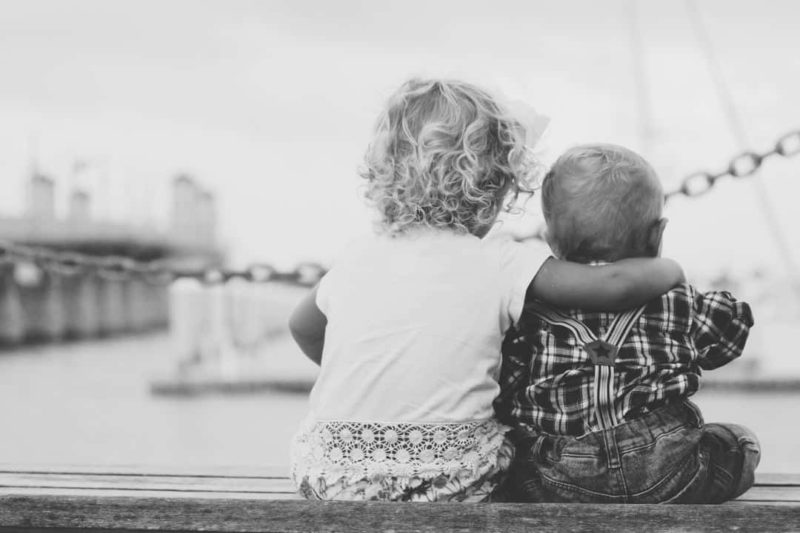
Egocentric means to only think about yourself.
So how do you teach empathy & conflict resolution to someone who has only been on the planet for 18-20 months?
Well…there’s good news and bad news.
THE BAD NEWS IS…
- The solution won’t happen overnight.
- It takes work and patience. Lots and lots of patience.
- The tips I’m about to share with you won’t visibly work every time.
- Sometimes caring for toddlers is messy…just know that they see you and hear you and one day will put these tricks into action. When they do, you’ll be doing a happy dance in your kitchen.
THE GOOD NEWS IS…
- These tips will help toddlers learn about their personal space.
- Taking time to teach empathy can reduce biting and hitting.
- Toddlers will learn about the early stages of communication and how it can benefit them.
- You should see some sign of peace return to the play space.
Let’s get started.
TEACHING CONFLICT RESOLUTION TO TODDLERS
Use these next tips when dealing with two or more toddlers who are in conflict with one another.
STAY CALM:
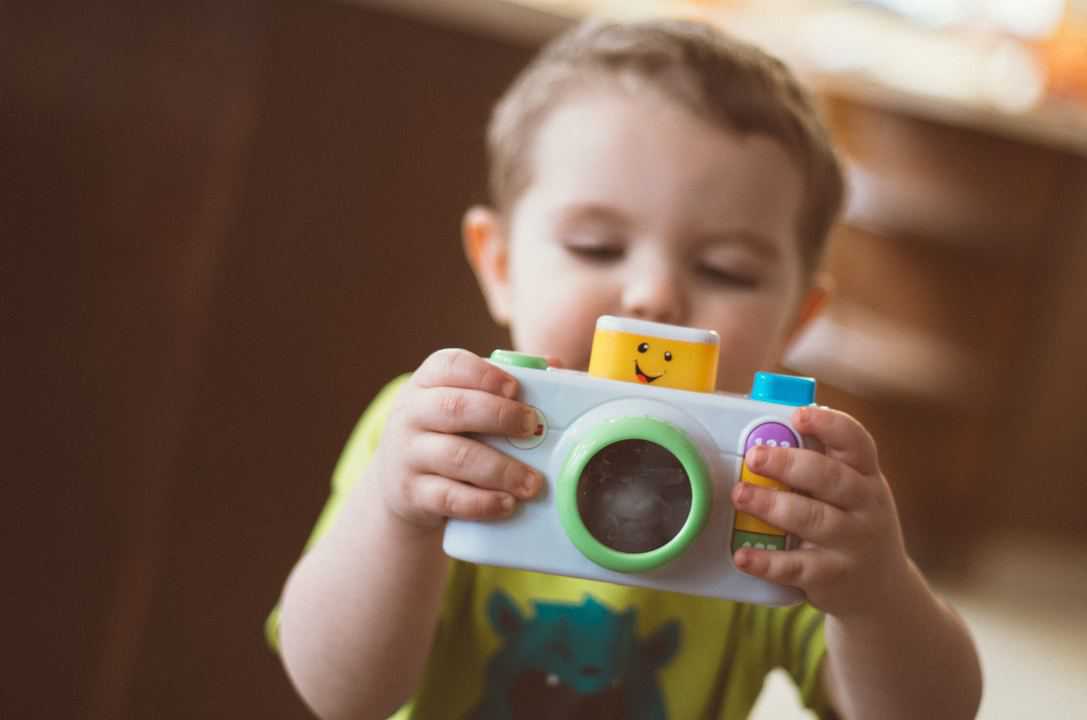
As their caregiver (who may very well have had it up to your eyeballs with toddlers fighting over toys), you need to remain calm.
“Vanilla Face.” – (my favorite quote from our now retired pediatrician)
Vanilla = plain.
Plain = show no signs of stress on your face.
Toddlers are very smart and if they see that fighting over toys produces a grand reaction from you, then by golly they will want more of it.
Stay calm and approach the toddlers who are in a heated debate over a toy (for example, this toy camera) with a gentleness channeled from a saint.
LOWER YOURSELF TO THEIR EYE LEVEL:
Rapper Lil’ Jon says it best, “Get low, get low, get low.” Toddlers are short humans…so you’re going to have to get low. Being down on their level allows you to make eye contact with each child.
Remember…these two (or three) toddlers are in distress and having a towering adult hovering over the situation will only make things worse.
Meet their stress with calm. Not more stress.
STATE THE OBVIOUS:
I learned this skill by reading Heather Shumaker’s book It’s Okay Not to Share. The technique in a nutshell requires you to become a ‘sportscaster’.
Let me warn you…this will feel awkward at first…but over time it will get easier.
Announce what you see happening as you would a play-by-play in a baseball game. Be careful not to take sides even if the perpetrator and victim are glaringly obvious. My best advice here is to keep it simple. Water it down to toddler level.
EXAMPLE: Let us pretend 2 toddlers are fighting over a toy camera.
“Sammy you were playing with the camera. “Now Olivia has the camera.”
Then pause.
If someone is crying you could use this opportunity to insert emotion vocabulary, as a way of helping the child label what they are feeling. “Sammy you seem upset. I see the sad look on your face and tears in your eyes.”
“Sammy has the camera. Olivia wants the camera. Olivia, what would you like to do while you wait for Sammy to be done playing with the camera?”
Often times, the child who took the toy away will give it back and then go and show you what they would like to use.
OFFER FREE HUGS TO ALL TODDLERS INVOLVED:
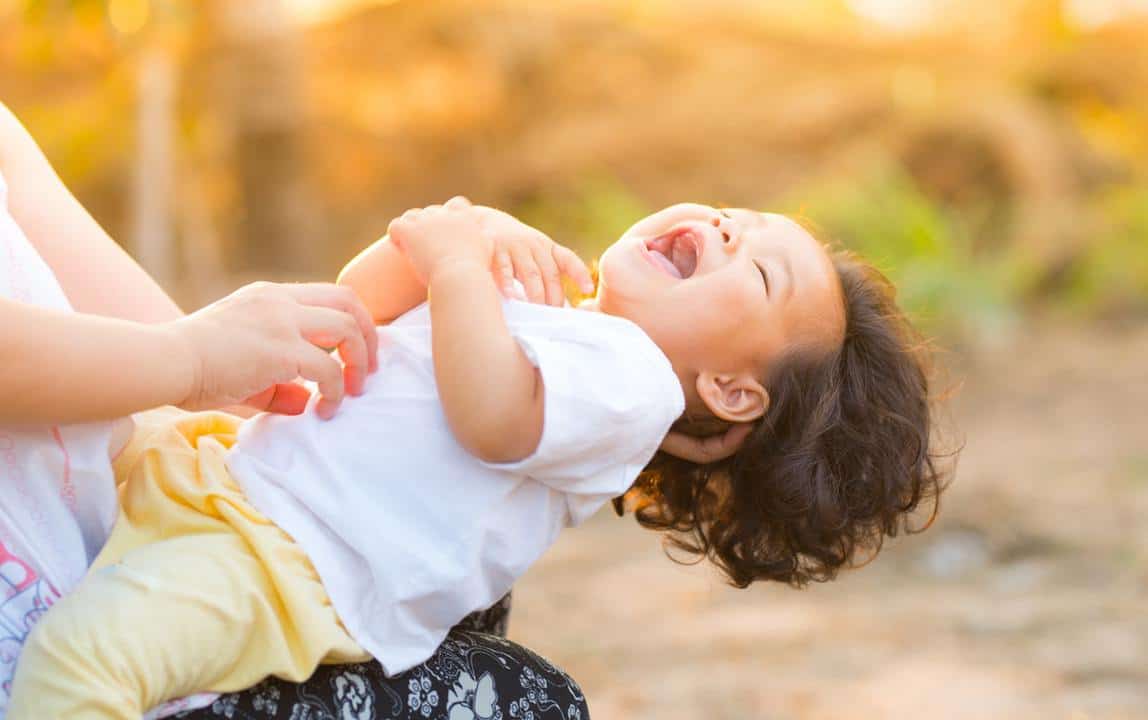
Ask the two parties, “Does anyone need a hug?”
Nine times out of ten, the toddlers would take me up on my offer and let me wrap my arms around them. Every now and then the two pals who were just in the middle of a scream-fest over a toy would offer up a hug to one another as well.
Side note: Make sure the hugs are not mandatory. Some kids need more time to cool off and this is completely normal.
WHEN TODDLERS GET PHYSICAL WITH ONE ANOTHER
If the toddlers you care for are struggling with biting, hitting or pushing and a squabble like the one described above is happening it’s important to get to the scene as quickly as possible to avoid any injuries.
Still stay calm. Still get down to their level, but you’re going to need to use some urgency and a firm voice.
Teaching Toddlers Signs to Help With Communication
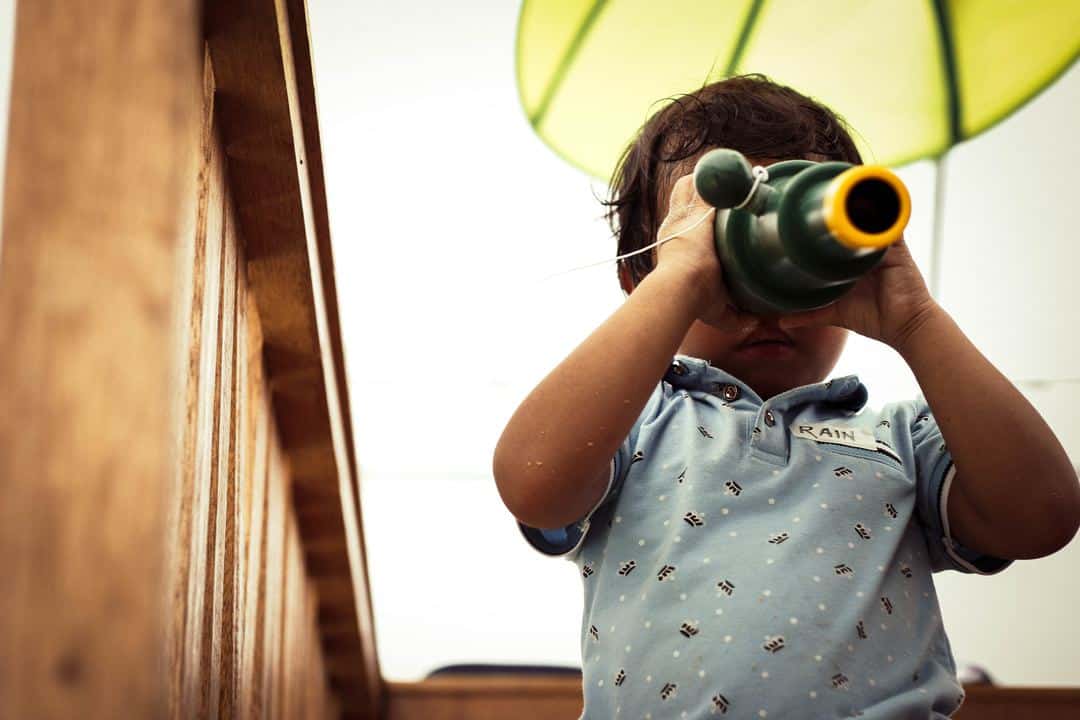
A child who is 18 or 20 months old may not have enough vocabulary to protect their personal space. Hence the reason for screaming in toddlerhood. It’s loud and it gets people’s attention quickly.
“STOP” = Palm facing out: Put one hand out in front and teach the child to firmly say “Stop” to their peer.
“SPACE” = Two hands up, palms facing out and teach the child to say “space”. This introduces the concept of personal space and how a child can own it and preserve it.
A toddler will eventually begin using these tools on their own and it can be very empowering for the child.
Your Perspective and a Toddler’s Behavior
Toddlers aren’t choosing to forgo conflict resolution…they simply don’t have the skills mastered yet.
It is our job as the adult to walk the delicate line between guidance and allowing them space to work through challenges; all the while, keeping them safe.
Like Heather Shumaker said, It IS okay not to share, and we need to teach kids how to let their peer know they aren’t done using the item.
Heather Shumaker
“Keeping a toy when another child wants it is not the mark of a selfish child, but simply a busy one. Protect your child’s right to play and teach her to say, “I’m not done yet.”
Caring for young children is complex filled with other challenges such as potty talk and power struggles. The Empowered Provider is here to help!
 Hey there! I hold the work of early childhood educators (my title for family child care providers) in the highest regard! If you are looking for ways to better your business or to find inspiration to bring joy and meaning to your classroom, then you've come to the right place! Click here to read more!
Hey there! I hold the work of early childhood educators (my title for family child care providers) in the highest regard! If you are looking for ways to better your business or to find inspiration to bring joy and meaning to your classroom, then you've come to the right place! Click here to read more!
Leave a Reply